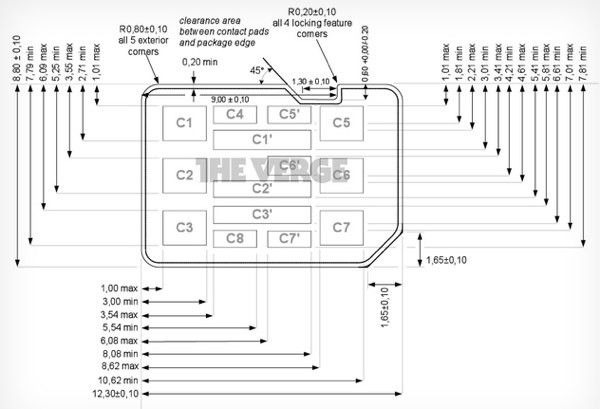Motorola Mobility and Research in Motion have re-submitted a modified design of the so-called 4FF nano-SIM proposal, according to a report by The Verge. The companies are hoping to reach a middle-ground with Apple after talks broke down at the end of March when RIM accussed the Cuptertino-based iPhone maker of cheating to get its own version of the standard approved.
The claims resulted in the European Telecommunications Standards Institute (ETSI) postponing the vote to decide the specifications for the next nano-SIM standard due to the subsequent rows that broke out between Apple and the majority of the other parties involved. In summary, Apple's design required a tray, and could be jammed in micro-sim devices, and Nokia felt its design offered major technical advantages – ultimately all sides were unable to reach an agreeable consensus on the matter.

Motorola and RIM hope to have reached a compromise that will interest Apple, which until now has remained steadfast on using its own design. The design combines around 80% of Apple's design with the "push to lock" notch feature that various parties wanted to introduce. It works in much the same way various push-in micro SD fittings do currently and would enable the sim card to be held in place without any carrier, tray or adapters. According to the proposals, the revised design is said to be backwards compatible with SIM card adapters.
A decision will be made at the upcoming meeting between the parties, which this time will be hosted in Japan on May 31. Apple, its partners, and the remainder of the ETSI voting body will then have to make a decision on whether to accept the new design. Samsung has already said it was open to the ideas presented by RIM and Motorola, but Nokia has been very quiet about its feelings for the revised design.
All that aside, in reality its uncertain if the 10-15% size saving over the existing micro-SIM format is even worth this much protracted bickering.
Image credit: The Verge